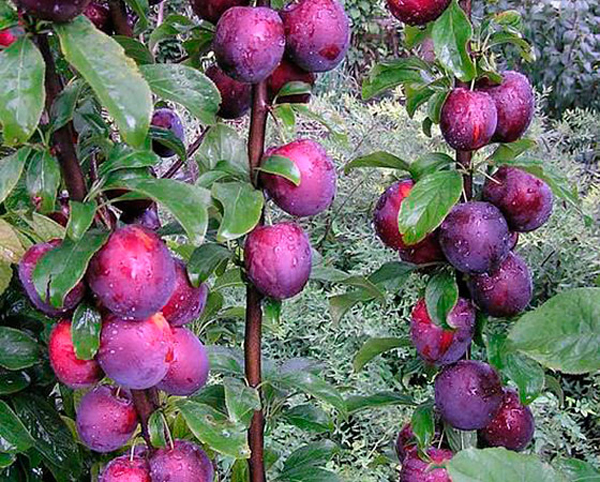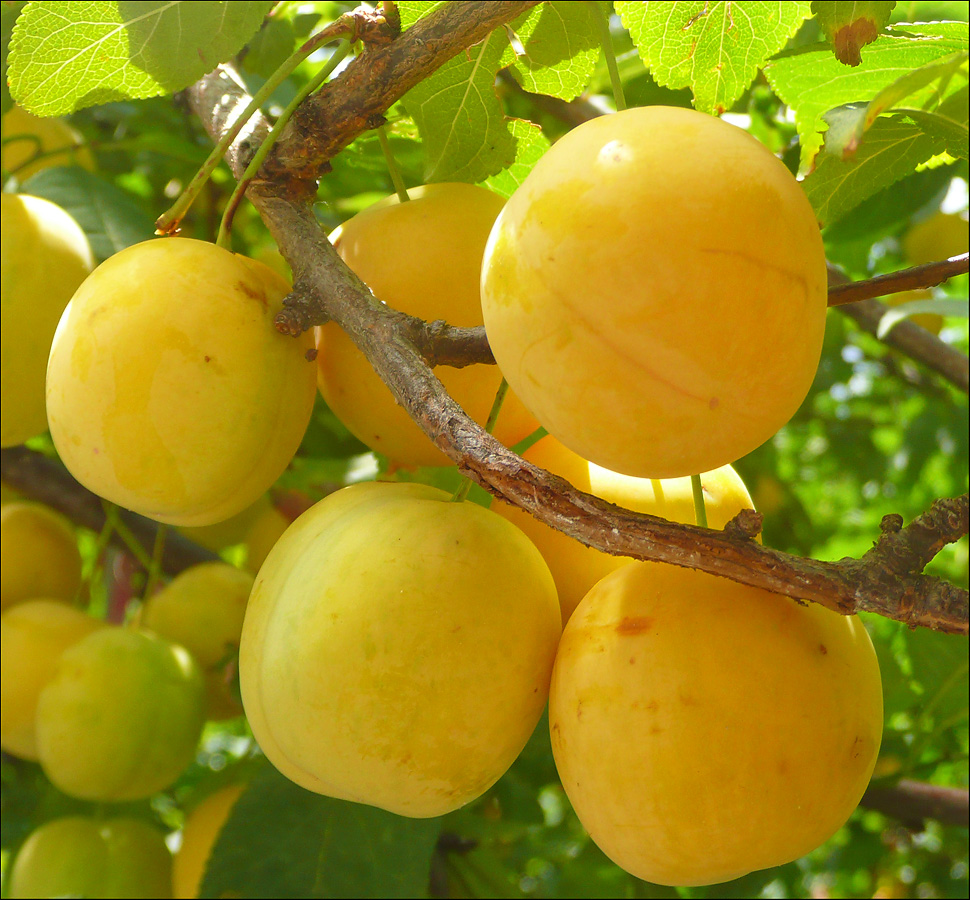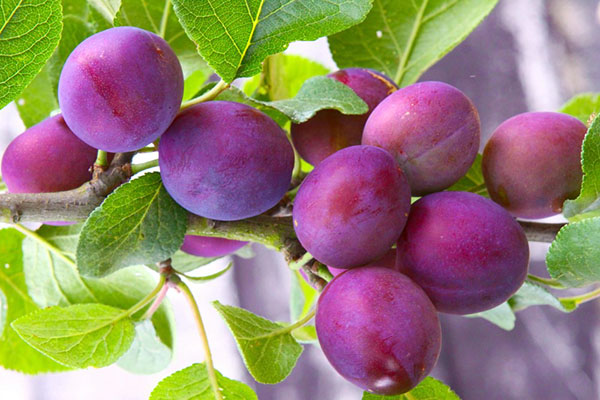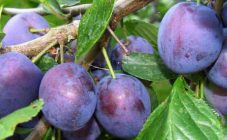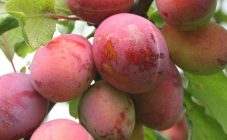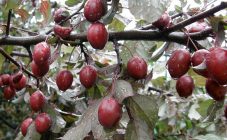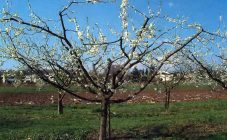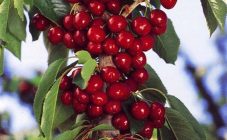Content:
Very few people know what a columnar plum is. But experienced gardeners have already appreciated this kind of fruit trees, which is quite compact and pleasing with its yield. Its main advantage is the absence of spreading branches and a small crown, but first things first.
View characteristic
Columnar plants are characterized as small trees with an undeveloped crown and a small number of tiny twigs. The appearance of the crown vaguely resembles narrow Egyptian pyramids. Such a tree bears fruit with rather large fruits. Outwardly, the plant looks inconspicuous and fragile, but the wood is strong and capable of withstanding yields of up to 10 kg.
This species is distinguished by early fruiting. Trees begin to produce crops after a couple of years from the moment of planting. There are two types: self-fertile and requiring a third-party pollinator.
During the first few years, the yield only increases. In general, the varieties of this type of horticultural crops are capable of bearing fruit for 16 years, and even after that time they will become an excellent designer decoration for a personal plot.
Columnar plum varieties
Today, in nurseries, you can buy various columnar plums intended for cultivation in any region of Russia.
Plum Blue Sweet: description and characteristics
A distinctive feature of this variety are large fruits, the mass of which can reach 70-75 g. Ripe plums are dark purple, almost black in color. The shape of the fruit has a slightly flattened oval appearance. The skin is dense with a clear waxy coating.
Blue Sweet variety has yellow or light pink pulp with a lot of juice. The taste is refreshing with a pronounced sweet and sour flavor. The fruit stone is rather compact and separates well from the pulp.
The sizes of the trees of the variety are compact: the height of an adult bush does not exceed 2.5 m, and the diameter of the crown is 70-85 cm. Based on this, the trees are convenient for growing on 6 suburban acres.
Plum Mirabelle: variety description
Plum is one of the very first plants that people began to grow in their gardens. Therefore, no garden is complete without this fruit tree. And of course, after many years, breeders of many countries have bred about 400 different varieties. One of these is Mirabelle (Mirabella, Marabelka plum). Trees of the variety can be classified as medium-sized plants.
The shape and splendor of the crown depends on the variety, since the Mirabella plum has several subspecies. One of the most common offspring of the variety among gardeners is Nancy, as it has a fairly high winter hardiness and yield.
The flowering period of the tree begins in late spring. Fruit ripening occurs in late August or early September. The shape of the berries can be round and oblong. The color of the fruit is yellow or red.
The lifespan of trees can reach a quarter of a century, but they begin to bear fruit only 5-6 years from the moment of planting.
Plum Imperial: variety description
Columnar plum Imperial has large and delicious fruits. They occupy the first place not only among columnar, but also common varieties, since the mass is 60 g. The shape of the plums is round, wide at the base with a small depression. The skin is tough, but this does not affect the taste.
As for the color, it is varied: from blue to brown. The pulp of the variety has a high juiciness and excellent taste, its color is yellow-golden.
Imperial is a rather versatile variety, the fruits can be eaten fresh, as well as used to prepare a variety of compotes, preserves or jams. The optimal harvest time is mid-August.
Plum trees of the Imperial variety are slow-growing, which is why the height of an adult tree does not exceed 2 m. Even with a very small size, the trees are able to give a bountiful harvest, which has won the vocation of experienced gardeners. The average fruiting period is 16-18 years.
Plum Commander: variety description
- The maximum height of mature trees of this variety does not exceed 2 m.
- Possesses high productivity.
- Full ripening begins by the end of July.
- The fruits are large in size, their weight is about 50 g.
- Fruit color is purple, oval shape.
Columnar plums: planting and care
The rules for planting seedlings are determined by its size. Due to its compactness, plants can be planted at a distance of 35-40 cm from each other. Immediately before the start of planting work, the soil must be fertilized with organic substances.
Before planting, you need to dig a suitable hole. The size of the future planting hole is determined based on the volume of the root system of young seedlings. For planting, such trees are best suited, the age of which is not more than one year, since their survival rate is at the highest level. Older seedlings have a fully formed root system that is accustomed to a certain type of soil. Therefore, their survival rate is quite low, and the risks of diseases become much higher. After the trees have been planted, they should be well watered with warm water with the addition of any growth stimulants.
Next, you need to water it in a timely manner and apply fertilizer once a year. This type of fruit tree has a rather poor crown, so they do not require shaping and pruning. Columnar plums are watered in the same way as other fruit trees in the garden. Pest control is carried out in the same way as other plums (with insecticides).
During the cultivation of this species, you should pay attention to the preparation for the wintering of plants. Despite the good frost resistance, their trunks must be carefully wrapped before frost, as well as mulching the soil in the near-stem circles.
From the description above, it can be seen that they largely win over their progenitors - classic fruit trees with a spreading crown and great height. Leaving is minimal, but there are a lot of benefits. For the sake of this, every gardener should try to plant at least one columnar variety.
